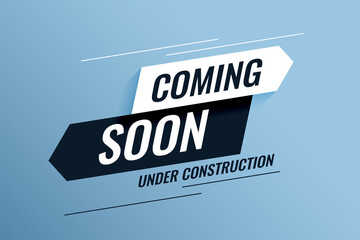
This is a requested topic that is currently in process. Bookmark or check back later for the finished article.
Let’s explore the various print sizes where the “8×10 problem” occurs due to the mismatch between camera aspect ratios and standard print dimensions. Remember that the issue arises because SLR cameras capture images in a 2:3 ratio, while compact cameras use a 3:4 ratio—neither of which perfectly matches the 4:5 aspect ratio of an 8×10 print1.
Here’s the list of print sizes, starting from the smallest and going up to 20×30:
- 4×6 (2:3 ratio):
- When printing directly to an 8×10, either the long dimension gets chopped off or the short dimension is too short.
- Solutions include shooting loose, avoiding cropping during editing, cropping manually before printing, cloning extra pixels, or adding artistic borders2.
- 5×7 (5:7 ratio):
- Similar to the 8×10 problem, the aspect ratio doesn’t match the camera’s native ratio.
- Solutions remain the same as for 4×6 prints.
- 8×12 (2:3 ratio):
- This size matches the camera’s aspect ratio, so no cropping issues occur.
- Consider using 8×12 prints to avoid the problem altogether.
- 11×14 (11:14 ratio):
- The 11×14 problem is also common. The aspect ratio doesn’t align with the camera’s native ratio.
- Solutions are similar to those for 8×10 prints.
- 16×20 (4:5 ratio):
- While this size matches the 8×10 aspect ratio, it’s larger.
- No cropping issues if you shoot loose or crop manually.
- 20×30 (2:3 ratio):
- Again, this size matches the camera’s aspect ratio.
- No cropping problems if you follow the same guidelines.
Remember that creative intent plays a role in choosing the best solution. Whether you’re a photographer or a print enthusiast, understanding these ratios helps you make informed decisions about composition and cropping.
Medium-format cameras typically use an aspect ratio of 4:3 or 3:2, which differs from the standard 35mm full-frame cameras that have a 2:3 aspect ratio. Let’s explore this further:
- 4:3 Aspect Ratio:
- Commonly used for medium-format cameras, computer monitors, and TV displays in the past.
- Creates a print size of 8×6 inches or a display resolution of 1024×768 pixels1.
- 3:2 Aspect Ratio:
- Found in modern full-frame and APS-C DSLR cameras.
- Also used by Nikon’s CMOS sensors.
- Results in a print size of 8×12 inches or a display resolution of 6000×4000 pixels2.
- 1:1 Aspect Ratio (Square):
- Equal width and height, creating a square image.
- Available on most smartphone cameras and common in some medium-format film cameras that accept 120 film (approximately 56mm x 56mm)3.
Medium-format cameras offer a wider field of view and a balanced composition due to their unique aspect ratios. Whether you’re shooting landscapes, portraits, or other subjects, understanding aspect ratios helps you compose your images effectively!
Large-format cameras primarily use a 5:4 aspect ratio. These cameras often work with sheet film that has dimensions of 5×4 inches. From a creative standpoint, images captured using this ratio are almost as tall as they are wide, making them great for capturing vertical elements in a scene. The 5:4 ratio is quite similar to the 4:3 aspect ratio commonly found in other photography formats1.
View cameras, also known as large-format cameras, typically use a 5:4 aspect ratio. Let’s delve into this further:
- 5:4 Aspect Ratio:
- View cameras, commonly used in large-format photography, have a film or imaging sensor with a 5:4 aspect ratio.
- This ratio means that the width of the image is 5 units, while the height is 4 units.
- Large-format photographers appreciate this aspect ratio for its versatility and ability to capture both horizontal and vertical compositions.
- Sheet film used in view cameras often measures 5×4 inches, which aligns perfectly with this aspect ratio.
- The 5:4 ratio allows for detailed and expansive compositions, making it ideal for landscapes, architecture, and still life photography.
Remember that large-format photography offers unique creative possibilities due to its aspect ratio. Whether you’re capturing breathtaking landscapes or intricate architectural details, the 5:4 ratio provides ample room for artistic expression!